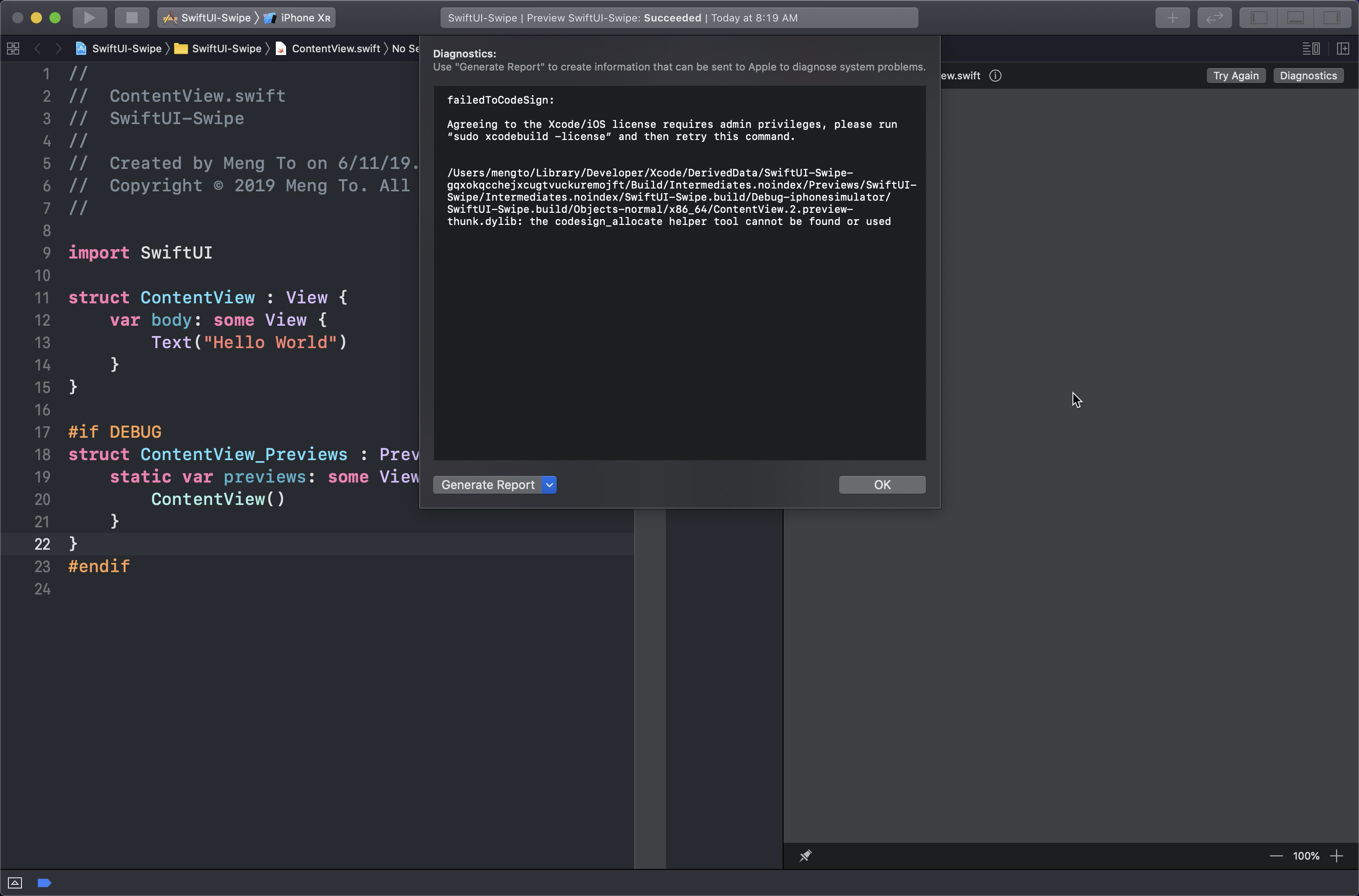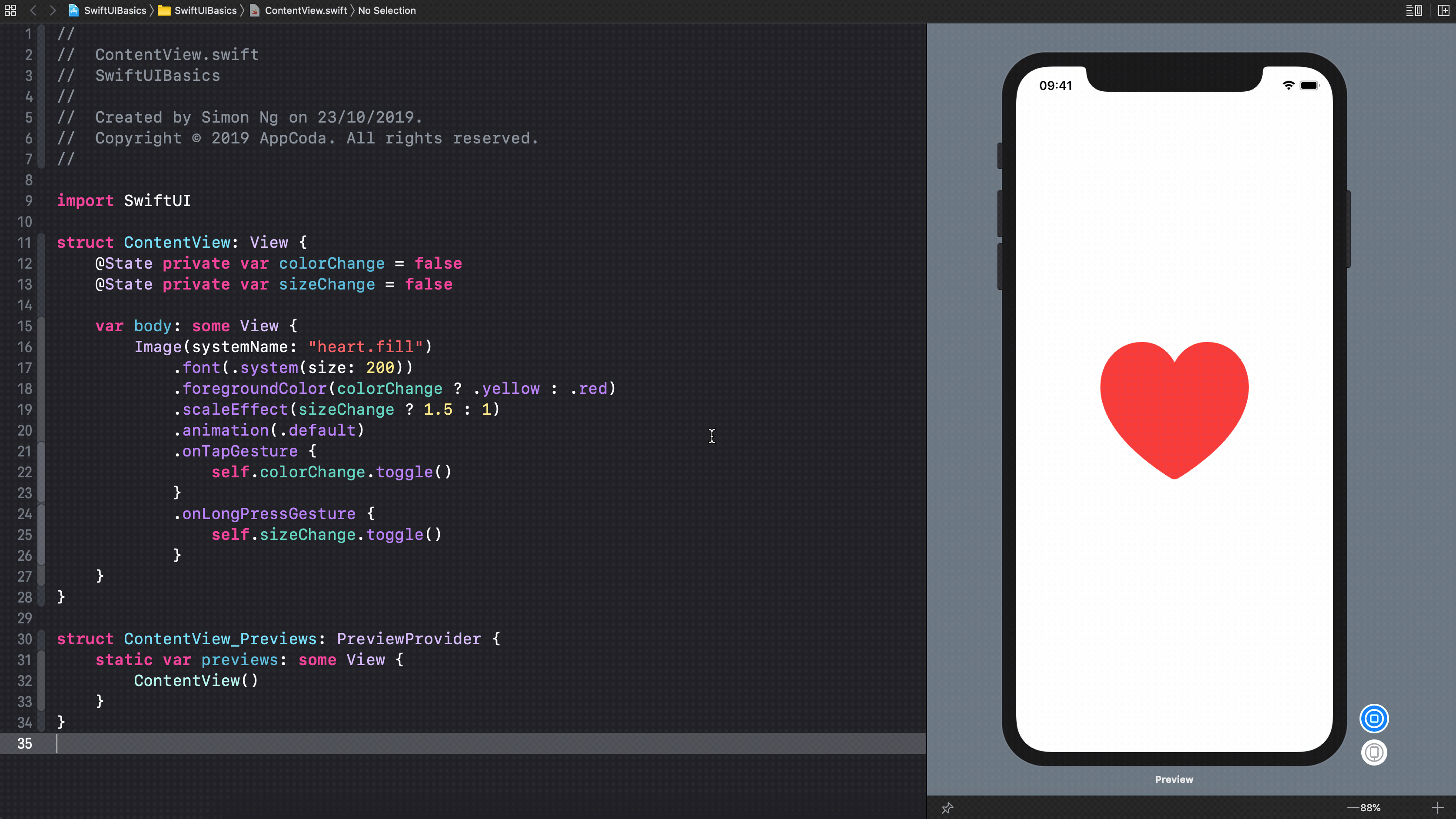
I chose the smallest set of features possible to have an app that would be useful to any SwiftUI developer and thus worth paying for. Version 1.0 of the app was a Minimum Viable Product or MVP. Your minimum viable product does not require any advanced techniqueīefore we dive into technical details, here are some statistics that will give you an idea of the scope and the evolution of the app’s code. This article will be an excellent way to show you what goes into a real app published in the app store.
Appcode swiftui code#
The answer is no because it’s a commercial project.īut I suspect that most people are just interested in seeing how I implement specific functionality rather than wanting the code to make a similar app. I have been asked on a few occasions if I plan to open-source Vulcan’s code. Since this is an advanced article, I won’t show the code in its entirety, and you’ll have to fill some gaps. Still, I want to show you practical examples, so I will use parts of my Vulcan app. That course took me years to develop, so it’s simply not practical to cover much in a simple article. You can get on the waitlist for The iOS Architect here.

On the other hand, it takes me an entire course to explain in detail many of the techniques you’ll find in this article.
Appcode swiftui software#
Software development does not happen in a vacuum.Theoretical concepts can be fun and exciting, but they are just useless entertainment if you can’t apply them to your work. In all my articles and courses, I always try to show real-world practical applications of any technique. Advanced techniques should be practical and not just intellectual entertainment In this article, I will show you some techniques I consider both advanced and useful. You can learn about those in my Complete Guide to Understanding Swift Optionals. So, in that way, they are not advanced.Īt the same time, there are some advanced topics related to optionals, like mapping. Optionals can be annoying for beginners, but you can’t go far in Swift or iOS development without using optionals. Unfortunately, the boundaries are not always clear-cut.įor example, I have seen people list Swift optionals as an advanced topic. While not comprehensive, these are common assumptions you can use to decide if a topic is advanced or not. (They do pop up often in Apple’s documentation, though.) For example, SwiftUI uses them extensively, but you can become pretty proficient in building UIs without understanding generics.

The internet seems to have different takes on advanced Swift techniques. You can put together a treehouse with little technical knowledge, but a skyscraper requires advanced engineering, or it will collapse under its weight. But when it comes to advanced Swift techniques, fun is not enough.Īdvanced Swift techniques exist to help you solve real-world problems in complex projects. Everything you learn, you do for a reason.


 0 kommentar(er)
0 kommentar(er)
